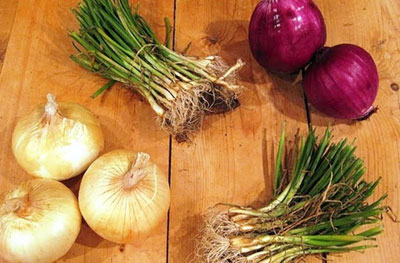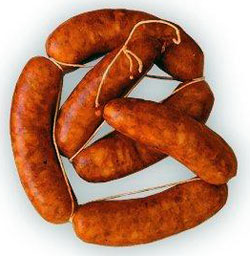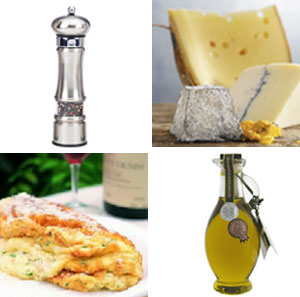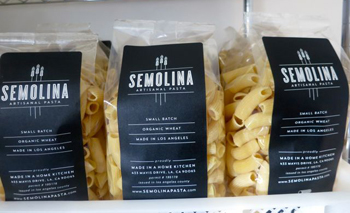 As in a good movie with scenes of tears, laughs, and tasteful delights, your venture with onions will boast the same sentiments. Vidalia, Spanish, yellow, white and red - onions can and should be your flavor backbones in the kitchen.
As in a good movie with scenes of tears, laughs, and tasteful delights, your venture with onions will boast the same sentiments. Vidalia, Spanish, yellow, white and red - onions can and should be your flavor backbones in the kitchen.
Thinly sliced in a salad, fried in rings, sweated and sweetened, or adding zing to a burger or hotdog, these powerhouse bulbs have flavored meals and dishes for centuries. No other vegetable brings tears to my eyes as these subterranean roots do…I digress.
Synonymous with onion across the Deep South and country is the Vidalia – a sweet, crisp member of the genus Allium. Soil conditions in that part of South Georgia create an anomaly for these surprisingly sweet onions to grow and flourish. Yet, even if you and your garden are not in the legislatively approved section of Georgia to produce quote Vidalias unquote, growing onions and other members of their family in your home garden is easy and quite rewarding.

 During my first fall as a single person, I started eating fried fish
for dinner a few nights a week. I cooked it with ingredients I bought
at M2M, a Korean bodega across the street from my apartment building in
the East Village. M2M sold three types of fish: salmon, sole, and basa.
The salmon was bright orange and fat, the sole was thin and yellow with
odd raised bumps like pores, and the basa was light pink and
smooth-fleshed. I have a bourgeois distaste for salmon stemming from a
childhood vacation to France where it had was served at nearly every
meal, and I feared the wan, pebbly sole. So I always bought the basa,
despite the fact that before moving across the street from M2M I had
never heard of this fish.
During my first fall as a single person, I started eating fried fish
for dinner a few nights a week. I cooked it with ingredients I bought
at M2M, a Korean bodega across the street from my apartment building in
the East Village. M2M sold three types of fish: salmon, sole, and basa.
The salmon was bright orange and fat, the sole was thin and yellow with
odd raised bumps like pores, and the basa was light pink and
smooth-fleshed. I have a bourgeois distaste for salmon stemming from a
childhood vacation to France where it had was served at nearly every
meal, and I feared the wan, pebbly sole. So I always bought the basa,
despite the fact that before moving across the street from M2M I had
never heard of this fish.  I consumed so many delicious things this year, it's really hard to pin down one meal or one bite. But if there was a night that stands out, and a single dish that truly made me happy, it has to be a sausage sampler that I consumed with my best friend Don in early November. He showed up one night with some Spanish chorizo sausages, a blood sausage, a couple of wedges of runny cheese, and a small cooler with a few kick ass craft beers in it.
I consumed so many delicious things this year, it's really hard to pin down one meal or one bite. But if there was a night that stands out, and a single dish that truly made me happy, it has to be a sausage sampler that I consumed with my best friend Don in early November. He showed up one night with some Spanish chorizo sausages, a blood sausage, a couple of wedges of runny cheese, and a small cooler with a few kick ass craft beers in it.
 I’m a pasta snob. I admit it and I don’t apologize for it. I believe that great pasta is an Italian cultural artifact that’s been given to the world. And when I talk about pasta I’m talking about DRY PASTA, that is, Durum Wheat pasta. Pasta made with semolina from exceptional (now, often North American) hard winter wheat.
I’m a pasta snob. I admit it and I don’t apologize for it. I believe that great pasta is an Italian cultural artifact that’s been given to the world. And when I talk about pasta I’m talking about DRY PASTA, that is, Durum Wheat pasta. Pasta made with semolina from exceptional (now, often North American) hard winter wheat.